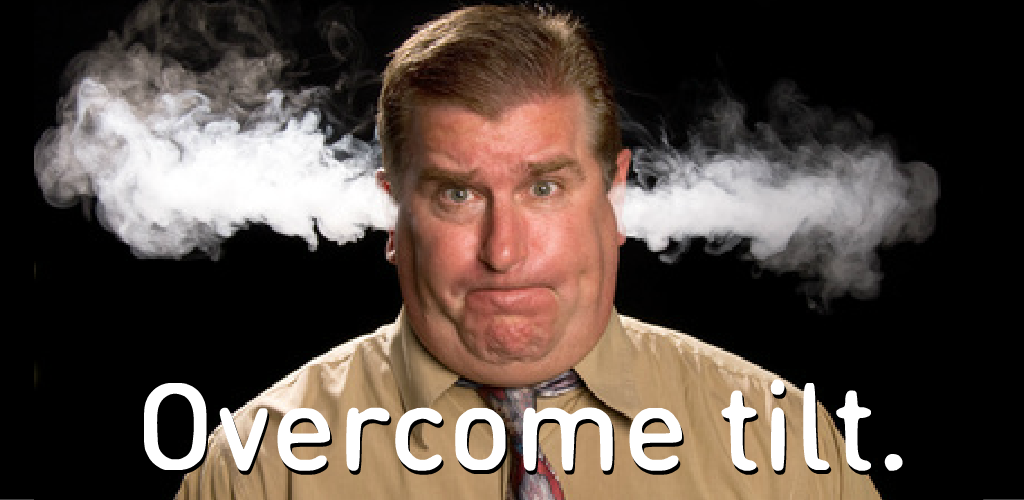How Pro Poker Players Deal with Tilt
All poker players will at one time or another find themselves on the wrong side of a flip which may send them over the edge along with their judgement and bankroll. Tilt will be experienced differently by each poker player and there’s no one-size-fits-all solution to getting back on track.
Explaining Tilt
Tilt is a psychological reaction experienced by poker players when thing don’t go their way. Perhaps you’ve hit a massive downswing or suffered a seriously bad beat and suddenly you start making poor decisions, forgetting your strategy, and start throwing good money after bad. If any of this starts happening, it’s time to recognise that you’re likely on tilt.
The Leading Cause of Tilt
Tilt can be brought on by a number of different occurrences, but the most common cause is a bad beat – your opponent hasn’t played well, while you have, but you’ve still been sent to the rails. It’s just one bad beat too many and can no longer successfully employ the poker strategies that were fool proof in the past and the ensuing bad downswing only makes matters worse. So how do the poker pros deal with tilt?
- Put Emotions Aside
You should not get emotional about being on tilt and you should never hit the poker tables when you’re feeling emotionally jeopardised. A clear head is absolutely crucial to getting back to where you want to be and if you find yourself rushing to chase your losses, it’s time to take a breather and perhaps play online bingo instead.

- Expect a Downswing
Any poker pro will tell you that downswings are par for the course – just ask Gus Hansen. At one time, Hansen – who is recognised as one of the biggest players in poker – suffered such a bad downswing that it cost him $11 million to get back on track. As such, downswings will happen and the trick is recognising that it’s all that it is.
- Recognise When You’re On Tilt
Identifying when you’re on tilt before it becomes a major problem is absolutely essential, as dealing with the problem early on will likely shorten its timespan. Keep records of your wins and losses and how you responded, both positively and negatively, to identify problem areas.
- Practise Efficient Bankroll Management
One of the biggest side-effects of going on tilt is making bad financial decisions, ones that are decidedly out of character, which could have disastrous effects on your bankroll. Recognising that you’re on tilt and dealing with it head on, as opposed to returning to the tables and chasing the losses, will prevent you from wiping out a substantial part of your poker bankroll.
- Take a Breather
While tilt will affect your bankroll, it can also affect something else: your love of poker. If you’re on tilt, the best medicine is taking a break from the tables, even if it’s for a few days to regain the perspective needed to play effectively – and win.
